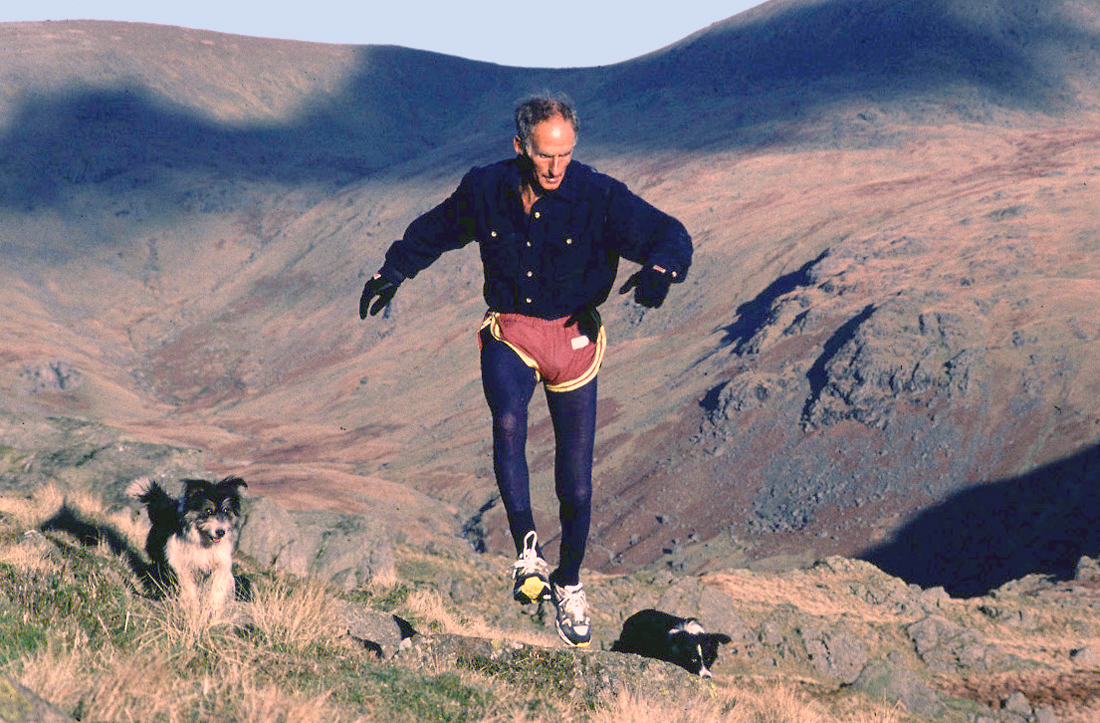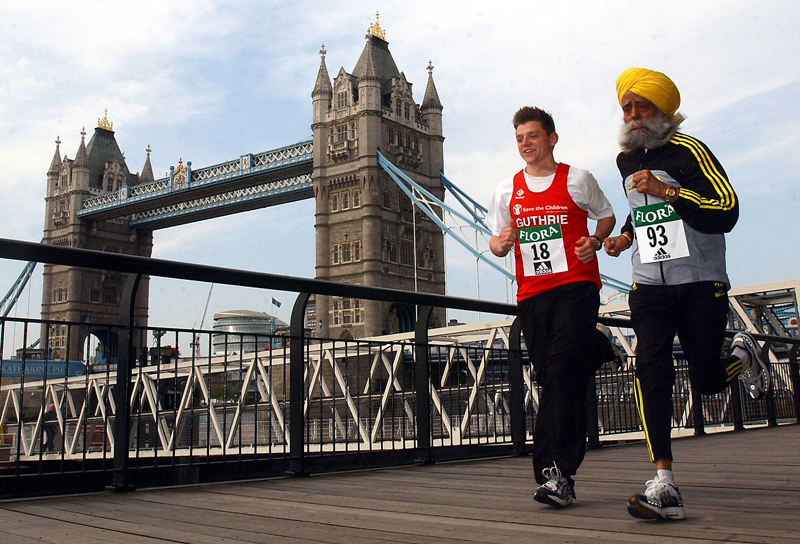Older runners are biomechanically different in their running style from younger ones and in need of increased protection from injury, according to an important new study from The Netherlands.
The researchers compared lower limb kinematics and ground reaction forces in 16 older (aged 55-65) and 13 younger (20-35) well-trained male distance runners running both at self-selected speeds and at a controlled speed of 3.3m per second.
Analysis of the data revealed the following key differences between younger and older runners:
- The older runners ran at significantly lower self-selected running speeds than the younger ones;
- In both speed conditions, stride length was significantly shorter and stride frequency significantly higher in the older group. Extrapolating from these data, and information on the self-reported weekly running distance of both groups (an average of 22.3k for both groups), the researchers estimate that older runners take as many as 21% more steps per week of running than their younger counterparts;
- In both speed conditions, the older runners exhibited significantly less range of motion at the knee;
- At the controlled speed, older runners displayed higher vertical impact speeds, higher impact peak forces and higher initial loading rates than younger ones, suggesting a decrease in the shock-absorbing capacity of their musculoskeletal system and, consequently, an increase of the load on bone, joints and soft tissue in the legs and feet.
Nevertheless, as the researchers point out, the cumulative effect of these similar impact levels is still likely to be more adverse in older runners than in younger ones, for two reasons:
- Their relative musculoskeletal degeneration leaves them more susceptible to damage by a given level of impact;
- As this study has shown, older runners seem to undergo the same levels of impact more frequently than younger ones because of their significantly smaller stride length combined with a similar self-reported weekly running distance. ‘Older-aged runners simply take more steps than younger runners do, in which the repetitive pounding action of high impact may have a detrimental effect’, observe the researchers.
However, the authors of this study believe the injury rate in older runners may be higher than reported due to a ‘healthy runner effect’, whereby older injured runners tend to give up running and are therefore missed in surveys on injury incidence.
How, then, should older runners be protected from the injury risk implied by the high impact forces acting on their lower limbs?
First, they need running shoes with ‘optimal cushioning’ to decrease shock at heel strike. Secondly, conclude the researchers, they ‘should be cautious with running under high impact conditions and may be better off with running at lower speeds as a means of reducing impact on the body to a, presently unknown, level that is still beneficial for improving general health and bone strength but may reduce the potential for injury’.
Med Sci Sports Exerc, vol 35, no 7, pp1167-1175, 2003










